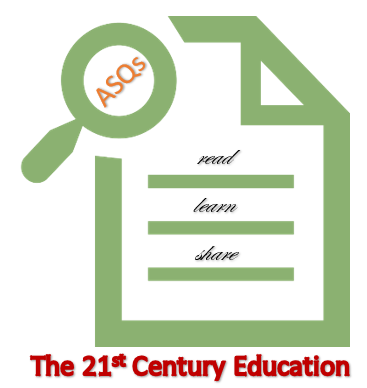Moodle and Blackboard are both popular learning management systems (LMS) that facilitate online teaching and learning. While they share many similarities, there are some key differences between the two.
1. Open source vs proprietary software: Moodle is open-source software, which means that it is free to use and can be customized to meet the specific needs of an institution. On the other hand, Blackboard is proprietary software, which means that it is owned by a company and requires a license to use.
2. Cost: Since Moodle is free to use, it is often the preferred choice for smaller institutions with limited budgets. Blackboard, on the other hand, can be quite expensive, especially for larger institutions.
3. User interface: Moodle has a more user-friendly interface compared to Blackboard, which can be overwhelming for new users. Moodle uses a simple and intuitive layout that is easy to navigate, while Blackboard has a more complex and cluttered interface.
4. Customization: Moodle offers more customization options than Blackboard, allowing institutions to tailor the software to meet their specific needs. This is because Moodle is open-source, which means that developers can modify and add features as needed.
5. Mobile compatibility: Moodle has a more responsive design that allows it to work well on mobile devices, while Blackboard can be more difficult to use on smartphones and tablets.
In summary, while both Moodle and Blackboard are effective learning management systems, they differ significantly in terms of cost, user interface, customization, and mobile compatibility. Institutions should carefully evaluate their needs and budget before choosing one over the other.
